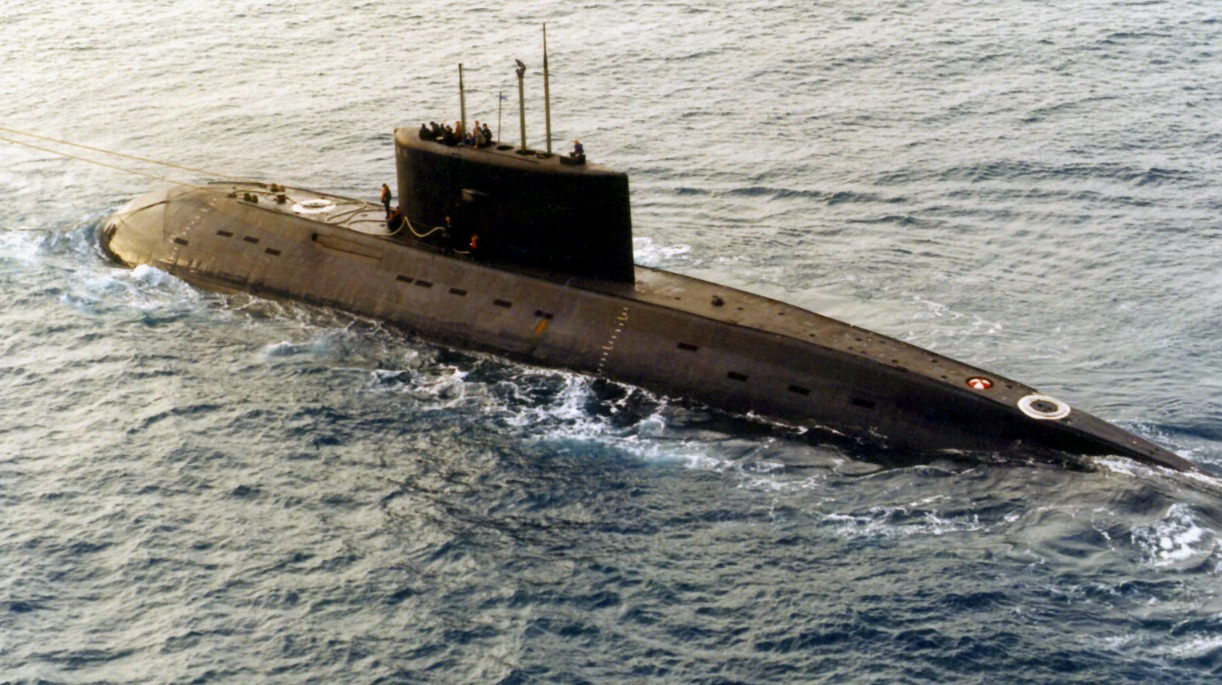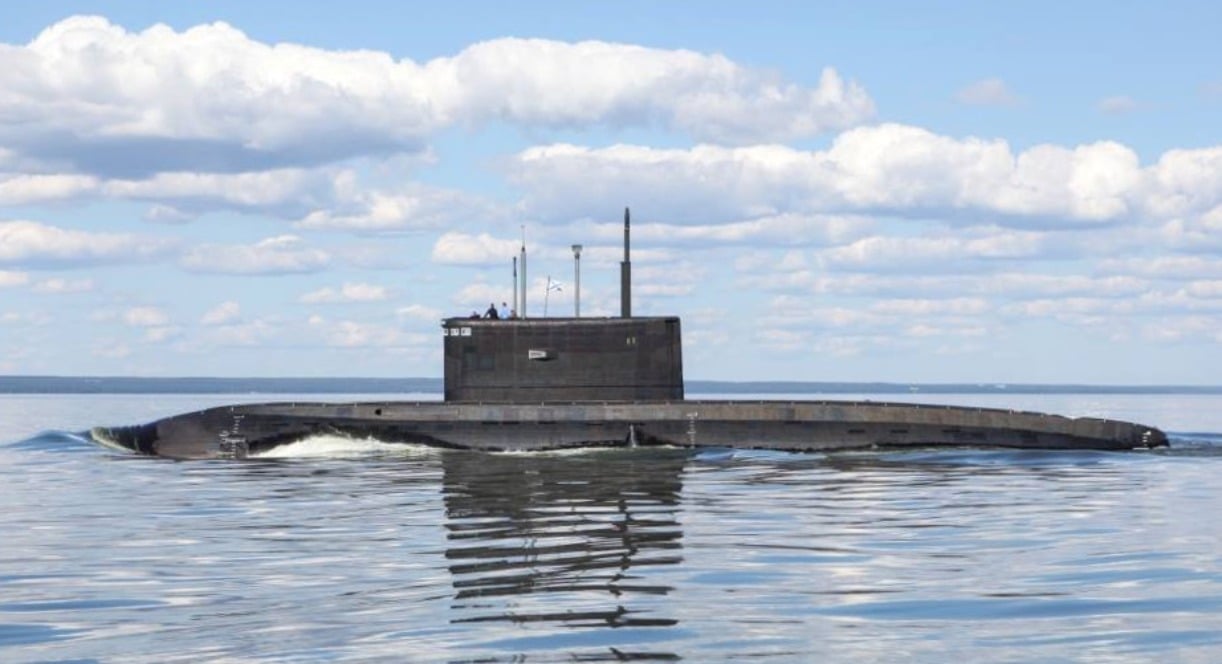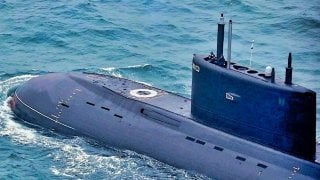Russia'a Kilo-Class Submarines are Training for War on NATO's Doorstep
Russia aims to enhance its naval power projection, demonstrated by recent training exercises involving its diesel-electric Kilo-Class submarines, Novorossiysk and Dmitrov, in the Baltic Sea.
Summary and Key Points: Russia aims to enhance its naval power projection, demonstrated by recent training exercises involving its diesel-electric Kilo-Class submarines, Novorossiysk and Dmitrov, in the Baltic Sea.

-These drills, which included torpedo attacks and combat maneuvers, occurred amidst rising tensions with NATO, as the alliance conducted extensive Baltops exercises in the region.
-Novorossiysk and Dmitrov, part of the Kilo-class submarines, have limited range compared to nuclear-powered submarines but are equipped with advanced missile capabilities.
-Despite this, Russia's broader naval forces have suffered significant losses in the Ukraine war, with one-third of the Black Sea Fleet incapacitated by Ukrainian forces.
Russia's Kilo-Class Submarines Flex Muscles Amid NATO Baltops Drills
The Kremlin is trying to grow its ability to project naval power. According to state-run media outlets, the Russian Navy recently announced it had carried out a training exercise involving two of its diesel-electric submarines – Novorossiysk and Dmitrov – in the Baltic Sea.
TASS reported that Novorossiysk practiced a torpedo attack in the exercise. As part of the drills, both submarine crews also practiced combat maneuvers, evading enemy attacks, and other training missions.
Since Moscow’s Baltic Fleet is headquartered between NATO members Lithuania and Poland in the exclave of Kaliningrad, the naval force would certainly play a big role in any potential conflict between Russia and the international alliance.
Just a few days prior to the Russian show of force, some 9,000 troops from 20 NATO countries were participating in the Baltops exercises in the Baltic region. Roughly 50 navy ships and 45 aircraft and helicopters were used in the drills, which were organized by NATO’s Naval Striking and Support Forces and the U.S. Navy’s 6th Fleet.
Clearly, the Kremlin is trying to use its submarine force to project power in the Baltic waters and send a message to its NATO adversaries as the governmental body nears its 75th anniversary in a couple of weeks.
An Overview of Russia’s Kilo-Class Submarines
Novorossiysk and Dmitrov are two of Moscow’s Kilo-class diesel-electric attack submarines. Unlike nuclear-powered ships that can stay out at sea indefinitely, the Kilo vessels can set sail for 45 days at a time. They can roam just 400 nautical miles submerged, which limits their ability to project power far from Russian waters.
Each Kilo-class ship is fitted with six 21-inch bow torpedo tubes, and most of the class has been equipped to launch the Kalibr/Klub family of missiles for long-range or anti-ship operations. As detailed by the U.S. Naval Institute, “Only four Kalibr missiles reportedly can be included as part of the Kilo armament mix. Russia’s Improved Kilo II–class submarines first conducted long-range attacks against Islamic State targets in Syria during 2015. Since 2022, Russian Black Sea Fleet 636.3 submarines have made extensive use of the Kalibr missile to attack Ukraine.”
How Is Moscow’s Naval Fleet Holding Up in the Ukraine War?
Despite the impressive capabilities of Moscow’s submarine arsenal, the country’s other naval assets have struggled during the Ukraine war. In fact, one-third of Moscow’s Black Sea Fleet has been taken out of operation by Kyiv’s counteroffensives. Armed with domestically produced and Western-delivered weapons and munitions, Ukrainian forces have been able to carry out numerous successful barrages targeting Russian naval assets in occupied Crimea.

Since Moscow remains largely isolated from the international community, it is essentially grasping at straws to project force in the Baltic waters and intimidate NATO forces.
About the Author: Maya Carlin, Defense Expert
Maya Carlin, National Security Writer with The National Interest, is an analyst with the Center for Security Policy and a former Anna Sobol Levy Fellow at IDC Herzliya in Israel. She has by-lines in many publications, including The National Interest, Jerusalem Post, and Times of Israel. You can follow her on Twitter: @MayaCarlin.
All images are Creative Commons or Shutterstock.
From the Vault
Russia Freaked Out: Why the U.S. Navy 'Unretired' the Iowa-Class Battleships
Battleship vs. Battlecruiser: Iowa-Class vs. Russia's Kirov-Class (Who Wins?)


